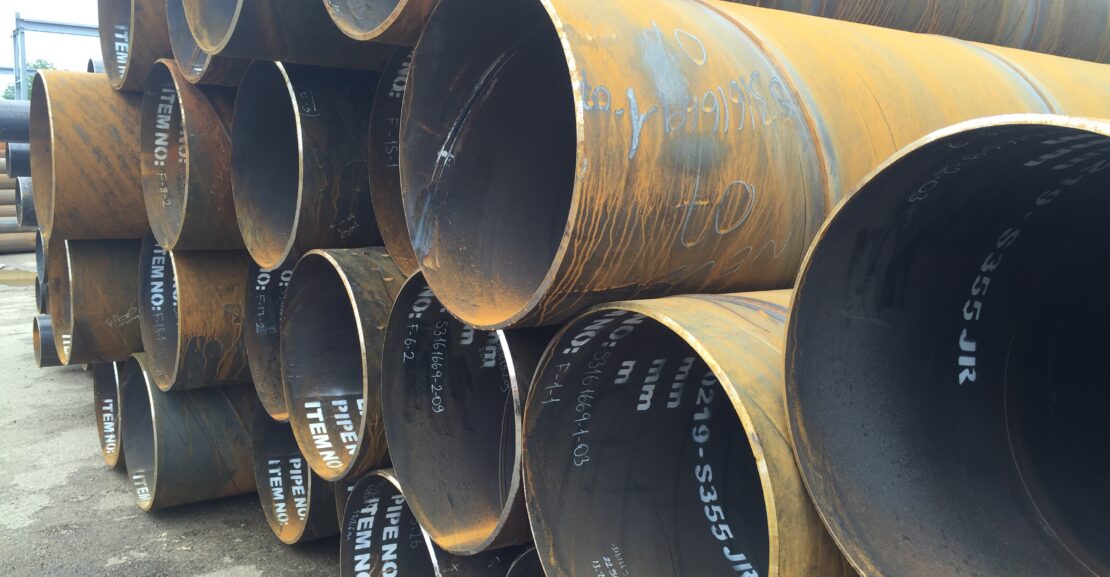In the realm of foundation engineering, the choice between drilled piles and driven piles is akin to selecting the right tool for the job. These two distinct piling methods each possess unique attributes that make them ideally suited for specific construction scenarios and soil conditions. Drilled piles, as the name suggests, involve boring into the ground to create a sturdy foundation, while driven piles rely on forceful insertion into the soil. To make informed decisions in construction projects, it’s crucial to understand when and why to opt for one method over the other. In this blog post, we embark on a comprehensive exploration of drilled and driven piles, shedding light on the factors that dictate their selection, their respective advantages, and the soil conditions where they truly shine. Whether you’re a seasoned construction professional or simply curious about the intricacies of foundation engineering, join us on this journey as we delve into the world of piles and the critical role they play in supporting our built environment.
Drilled Piles:
 Drilled piles, often referred to as bored piles or drilled shafts, are a popular choice in construction when stability, load-bearing capacity, and precision are paramount. These piles are created by drilling deep into the earth’s subsurface, often reaching bedrock or a stable soil layer. This method offers several advantages:
Drilled piles, often referred to as bored piles or drilled shafts, are a popular choice in construction when stability, load-bearing capacity, and precision are paramount. These piles are created by drilling deep into the earth’s subsurface, often reaching bedrock or a stable soil layer. This method offers several advantages:
1. Versatility: Drilled piles are versatile and can be used in various soil conditions, from soft clay to hard rock. Their adaptability makes them a preferred choice when soil variability is high on a construction site.
2. Large Load-Bearing Capacity: Due to their depth and the ability to reach stable strata, drilled piles are capable of supporting heavy loads, making them ideal for structures like bridges, high-rise buildings, and industrial facilities.
3. Low Noise and Vibration: Drilling operations are generally quieter and produce less vibration compared to pile driving, which is crucial in urban or sensitive environments.
4. Precise Diameter: The diameter of drilled piles can be precisely controlled, ensuring a consistent foundation size that meets engineering specifications.
Driven Piles:
Driven piles, also known as displacement piles, rely on impact or vibratory force to push the pile into the ground until it reaches a designated depth or resistance. This method offers its own set of advantages:
1. Speed and Efficiency: Driven piles are typically faster to install than drilled piles. Their installation process is straightforward and requires fewer specialized tools and equipment.
2. Cost-Effective: The simplicity and speed of installation can make driven piles a cost-effective choice for projects with tight schedules or budget constraints.
3. Suitable for Cohesive Soils: Driven piles are particularly effective in cohesive soils like clay, where their driving action compacts the soil around the pile, enhancing stability.
4. Immediate Load Capacity: Driven piles can often bear immediate loads as soon as they are installed, which can be advantageous in certain construction scenarios.
Choosing the Right Method:
The decision between drilled and driven piles hinges on several factors, including soil conditions, load requirements, project timeline, and budget. For example, in loose or variable soils, drilled piles may offer better stability, whereas driven piles could be the more efficient choice for cohesive soils or when time is of the essence.
By thoroughly assessing these factors and working closely with geotechnical engineers, construction professionals can make informed decisions about which piling method is best suited to a particular project. Ultimately, it’s the careful consideration of these factors that ensures the stability and success of construction endeavors, regardless of whether drilled piles or driven piles are employed.
Drilled Piles and Driven Piles | different job and soil conditions require different piling
This article delves into the world of drilled and driven piles in foundation engineering. Drilled piles, created by boring into the ground, offer versatility, precise diameter control, and suitability for various soil types. In contrast, driven piles, inserted forcefully into the ground, excel in speed, cost-effectiveness, and immediate load-bearing capacity, particularly in cohesive soils. The choice between these methods depends on factors like soil conditions, load requirements, and project timelines. By understanding their unique attributes, construction professionals can make informed decisions, ensuring stable and successful construction endeavors.
